Perhaps it’s not the best person, but the fastest one wins these days. Having access to the right information at the right time can make or break a deal. Companies today are likely using some form of knowledge management software, especially given the rise of online and cloud-based storage solutions. These solutions ensure employees aren’t reinventing the wheel but building upon the existing knowledge.
It doesn’t come as a surprise that the market is full of different tools that, on the surface, appear to offer the same thing. On a technical level, however, different platforms can offer something very different and unique to themselves. When choosing knowledge management tools for your organization, you need to choose what’s best for your employees, as they will be the ones using it every day.
What is knowledge management?
Knowledge management is the process by which organizations collect, store, and share information. This not only includes data but also expertise, skills, and experiences. It’s like a vast digital library, tailored to a company’s specific needs.
While in the past knowledge management platforms might have looked like a well-organized filing cabinet, modern knowledge management systems often take the form of internal servers or online storage systems, making handling and storing large data sets both accessible and affordable. A knowledge management system provides a centralized platform for storing, organizing, and accessing vast quantities of data, such as customer information, business records, and institutional knowledge, to name a few.
Here’s your checklist when looking for what knowledge management tools offer.
- Accessibility: Can your team access it anytime, anywhere? Remember, knowledge that can’t be accessed is as good as lost!
- Scalability: Does it grow with your company? As your company grows, your knowledge, experience, and expertise naturally grow with it, too.
- Integration capabilities: Does it play well with other software? Nobody likes a lone wolf, especially when it comes to software.
- User-friendly interface: Can your most senior employees use it without calling you for tech support every single time?
Key benefits of knowledge management software
Beyond the obvious advantage of organized knowledge, knowledge management software promotes collaboration, improves decision-making, and can significantly cut down training times—giving you a lot of benchmarks to measure your ROI. Imagine all the hours saved when new hires find everything they need at their fingertips!
And here’s a breakdown.
Reduce repetitive queries and streamline processes
A centralized knowledge base ensures that all employees have quick access to crucial, company-specific information. For example, when you addresss and make them available within your knowledge base, it helps reduce the chances of people asking the same questions over and over again.
Automation features that can be found in many knowledge-base software can further simplify internal processes like holiday requests, expense claims, new employee onboarding, and many more. This eventually frees up time for everyone and reduces administrative overhead for your teams.
Promote better information management
A knowledge base acts much like a digital filing cabinet. It helps categorize company-specific data and ensures that employees can quickly find and access the exact document or data they need.
Empower employees and autonomy
Knowledge bases allow employees to independently find solutions, which, in turn, reduces the need for constant supervision or external help. This autonomy enables staff to perform their roles and manage responsibilities with greater confidence.
Boost collaboration and productivity
A knowledge base promotes a seamless flow of information within teams and the organization as a whole. Enhanced access to shared resources and company-specific insights means fewer bottlenecks and silos. This collaborative environment drives innovation and boosts overall productivity.
Safeguard valuable knowledge
Knowledge base serves as the custodian for a company’s accumulated insights, guidelines, and best practices. It ensures that, despite personnel changes, the organization’s intellectual capital remains intact, accessible, and protected.
Foster a culture of continuous learning
A knowledge base is more than just a repository. It’s a dynamic platform that encourages employees to learn, grow, and contribute. As staff members continuously engage, contribute, and maybe even create their own knowledge base articles, your overall system evolves, enriching the collective wisdom of the organization.
Streamline communications
Again, instant access to relevant knowledge reduces the need for meetings and calls. A knowledge base ensures that employees spend more time doing and less time asking, which enhances overall operational efficiency, especially for frontline workers.
If you are on the hunt for the best knowledge management tools, you will find no shortage of options out there that could work for your teams and the wider company. How do you know which one will work best for you and your team’s needs? Let’s take a look at some options you might consider and why they could be right for you.
12 Best Knowledge Management Software
If you are on the hunt for the best knowledge management tools, you will find no shortage of options out there that could work for your teams and the wider company. How do you know which one will work best for you and your team’s needs? Let’s take a look at some options you might consider and why they could be right for you.
1. Axero
Comprehensive, Intuitive, Collaborative
We might be biased… but Axero stands out as a front-runner in the realm of company knowledge base solutions. With a rich feature set that extends beyond just knowledge management, our software is genuinely comprehensive. Axero knowledge management software integrates seamlessly with various tools, enabling a centralized platform where employees can share, access, and collaborate on essential documents.
Our user-friendly interface is complemented by a robust search functionality, ensuring that users can easily locate the information they need. Furthermore, our cloud-based platform ensures optimal accessibility from anywhere, making it a top choice for organizations prioritizing ease of use and collaboration.
2. SharePoint
Versatile, Enterprise-ready, Scalable
SharePoint, a Microsoft product, has long been recognized for its enterprise collaboration capabilities. More than just a knowledge management tool, it offers a platform for content management, intranet pages, and more. The software’s user interface might have a slight learning curve for newcomers, but its versatility is unparalleled, allowing businesses to tailor it according to their unique needs. Accessibility is enhanced by its integration with other Microsoft Office products, ensuring a unified experience.
3. Bloomfire
Streamlined, User-centric, Analytical
Bloomfire stands out for its approach to knowledge engagement. The interface is designed with the end-user in mind, promoting easy content discovery. One of its key features is the analytics capability that allows managers to gain insights into how content is consumed. This, in turn, aids in refining and improving the knowledge base. The cloud-based architecture ensures easy accessibility, catering to modern, mobile-first workforces.
4. Guru
Dynamic, Card-based, Integrated
Guru offers a unique card-based system, where knowledge is stored in easily digestible “cards” that can be quickly shared and accessed. The user interface is sleek, promoting efficiency and user engagement. A notable feature is the browser extension that allows users to access knowledge without even opening the full application. The integration with other tools like Slack further enhances its usability.
5. ProProfs
Customizable, Interactive, Supportive
ProProfs offers a platform that’s both powerful and fully customizable. With a complete suite of content authoring tools and detailed reports, the software can be utilized to create, of course, an internal knowledge base, customer help sites, user manuals, and more. ProProfs also boasts an impressive support system, ensuring that any challenges faced by users are promptly addressed.
6. Document360
Developer-friendly, Structured, Clean
Aimed primarily at technical teams and software documentation, Document360 offers a structured platform that’s sleek and efficient. Its markdown editor is a boon for developers and technical writers. The clean and clutter-free interface promotes easy content creation and discovery. As a cloud-based platform, it offers excellent accessibility to various devices.
7. Alfresco
Open-source, Modular, Extensive
Alfresco stands out for its open-source nature, allowing organizations to modify it extensively to fit their needs. The architecture is modular, meaning businesses can add or remove functionalities as needed. While its user interface might not look the most modern, its capabilities in document management and workflow automation are extensive.
8. KMS Lighthouse
Search-centric, Comprehensive, Adaptive
KMS Lighthouse prioritizes efficient content discovery. Its robust search, equipped with AI capabilities, ensures that users find precisely what they’re looking for. The platform offers a comprehensive set of tools for knowledge management, and its adaptive design ensures a consistent experience across devices. It’s ideal for call center and customer service teams, which need speedy access to regularly updated and accurate information.
9. Atlassian’s Confluence
Collaborative, Extensive, Integrated
When it comes to knowledge management, Confluence, an Atlassian product, is a name that is often referred to. While Confluence is designed for team collaboration, it doubles up as an effective knowledge base tool. The interface promotes team engagement, and its extensive integrations with other Atlassian products, like Jira, Loom, and Trello, are unmatched.
10. Lucidea’s Presto
Archival, Content-rich, Organized
Lucidea’s Presto is ideal for organizations looking for an archival and content-rich knowledge base. It’s designed to handle a vast amount of information and categorize them effectively. The user interface focuses on organized content presentation, ensuring that users can sift through extensive data with ease.
11. MindTouch
Customer-focused, SEO-friendly, Cloud-based
MindTouch, while also catering to internal knowledge bases, has a strong focus on customer self-service. It offers SEO-friendly content capabilities that help rank content on search engines like Google. This cloud-based platform ensures easy access, and its user interface is designed for optimal user engagement.
12. M-Files
Intelligent, Metadata-driven, Secure
M-Files offers an intelligent approach to document management systems. Instead of folder-based categorizations, it uses metadata, ensuring that content is dynamically organized and easily discoverable.
Future Trends in Knowledge Management
As technology advances, knowledge management platforms and software continue to evolve and adapt to the needs of businesses to enhance the efficiency and efficacy of information sharing. Here’s a closer look at what the future might hold!
Enhanced AI and Personalized User Experiences
Artificial Intelligence is already transforming the realm of knowledge management, but its influence is expected to deepen.
AI knowledge management has already emerged; take our Axero Copilot for example. Instead of solely relying on built-in search functions (which, of course, are not going anywhere), users can ask AI for what they’re looking for. Beyond just offering data, AI will predict users’ needs, understanding their past behavior to offer tailored content recommendations. As machine learning technologies refine, the emphasis will shift from mere information provision to a more personalized knowledge consumption experience.
Augmented Reality, Virtual Reality, and Immersive Learning
The way we consume knowledge and information in general is set for a revolution. Just think about how we used to google product reviews, and now we search for them on TikTok.
With the integration of AR and VR technologies, traditional methods like reading manuals could be replaced by more immersive experiences. Consider an employee wearing AR glasses that overlay real-time instructions on a task, or virtual training sessions where learners feel as if they are physically present in a scenario. This immersive approach will not only improve comprehension but also ensure practical, hands-on learning.
Knowledge Graphs and Holistic Understanding
The future will move beyond just storing data to understanding its interconnectedness. Knowledge graphs will provide a more interconnected view of data, showcasing the inherent relationships between various information points. This will allow users to grasp complex concepts easily, seeing not just isolated data but the bigger picture.
Build Your Knowledge Base, and More, With Axero
Just like any tool, knowledge management software isn’t without its quirks. Overloading KM with unnecessary info, not updating it, or choosing a system too complex for your needs can easily backfire.
Why not do it right from the get-go? The right knowledge management software can transform a company, creating a cohesive, informed, and agile team. It’s not just about having information but about managing it smartly. And remember, the best tool is the one that your team will actually use.
Ready to empower your knowledge workers? Take Axero for a test run today!
Knowledge Management Software FAQs
Why is knowledge management important for businesses?
It preserves expertise, prevents knowledge loss, enhances decision-making, and fosters innovation.
How does knowledge management improve productivity?
Knowledge management streamlines information access, reduces duplication, and enhances collaboration, resulting in quicker problem-solving and more efficient workflows.
What are the key benefits of using knowledge management software?
- Improved decision-making
- Reduced response time
- Enhanced collaboration
- Better customer service
- Increased innovation and efficiency
What are knowledge management systems and how do they work?
Knowledge management systems are platforms that allow organizations and employees to store, organize, and share information. It uses databases, search functions, and categorization to facilitate efficient knowledge retrieval.
How does knowledge management contribute to better customer support?
Knowledge management provides support agents with instant access to solutions, which then helps reduce response times and ensure consistent, accurate customer assistance.
What challenges do organizations face when implementing knowledge management?
Resistance to change, knowledge capture difficulties, lack of proper tools, and the need for cultural shifts within the organization are among the top challenges.
How does knowledge management help with employee onboarding and training?
Knowledge management solutions facilitate structured learning by providing new employees with access to relevant information, training materials, and resources.
How can organizations measure the effectiveness of their knowledge management efforts?
Metrics like reduced resolution times, increased customer satisfaction, and the rate of successful knowledge sharing can indicate the impact of knowledge management efforts.
What are some potential downsides or challenges of knowledge management?
Information quality control, lack of engagement, and the need for continuous updating can pose challenges in knowledge management adoption.
How do you encourage a culture of knowledge sharing among employees?
Encourage openness, recognize contributions, and integrate knowledge sharing into performance evaluations.




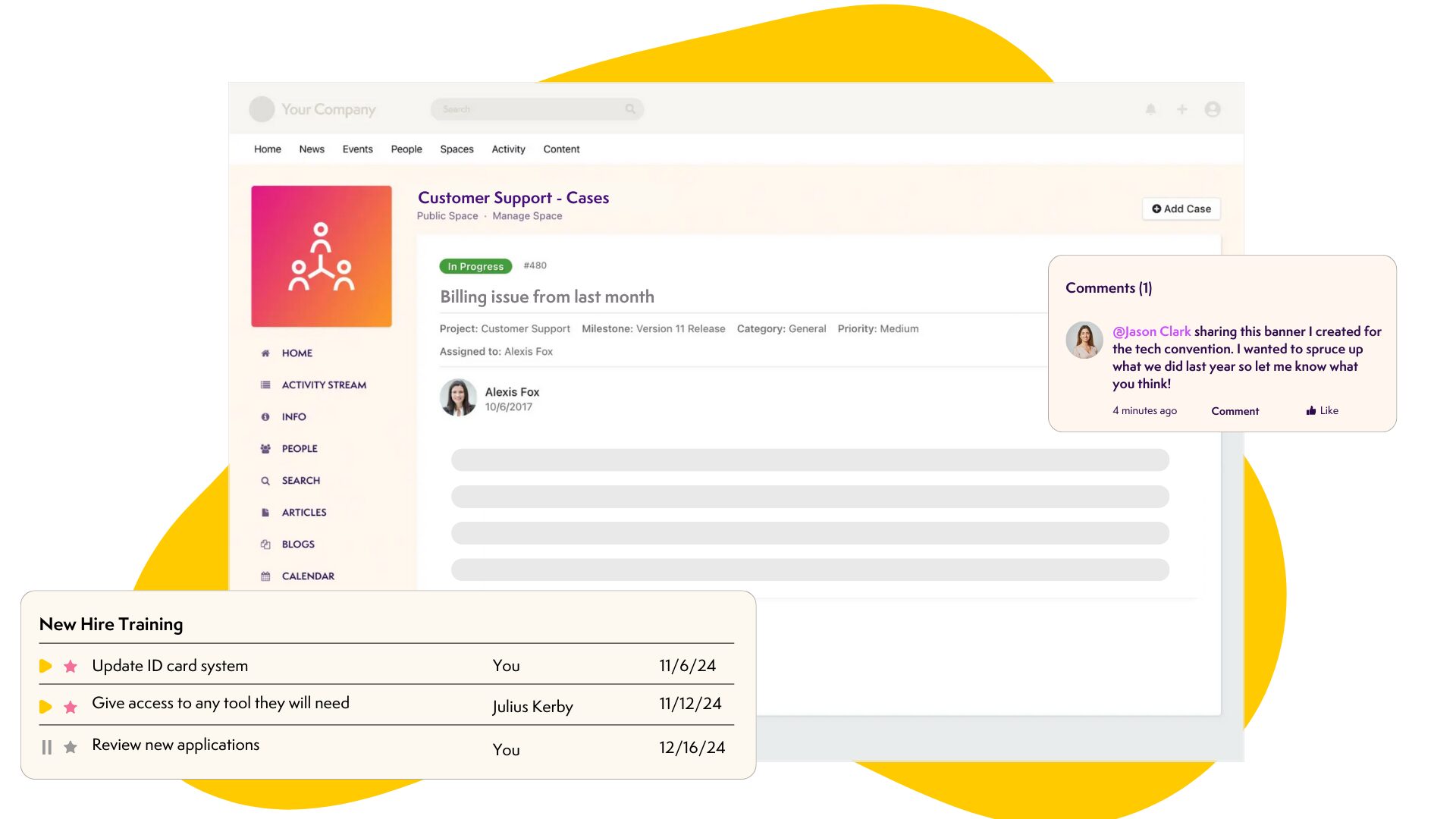

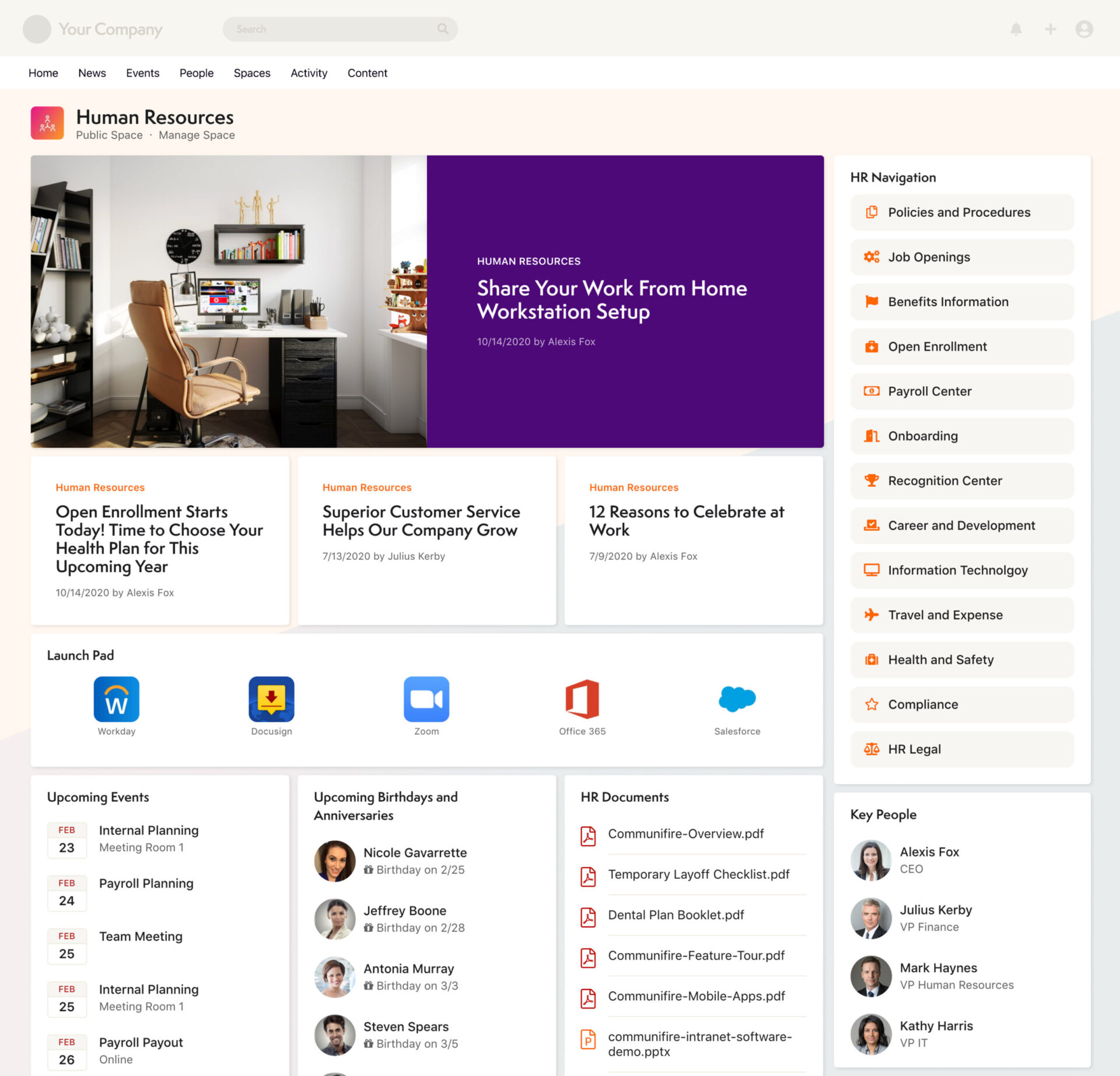






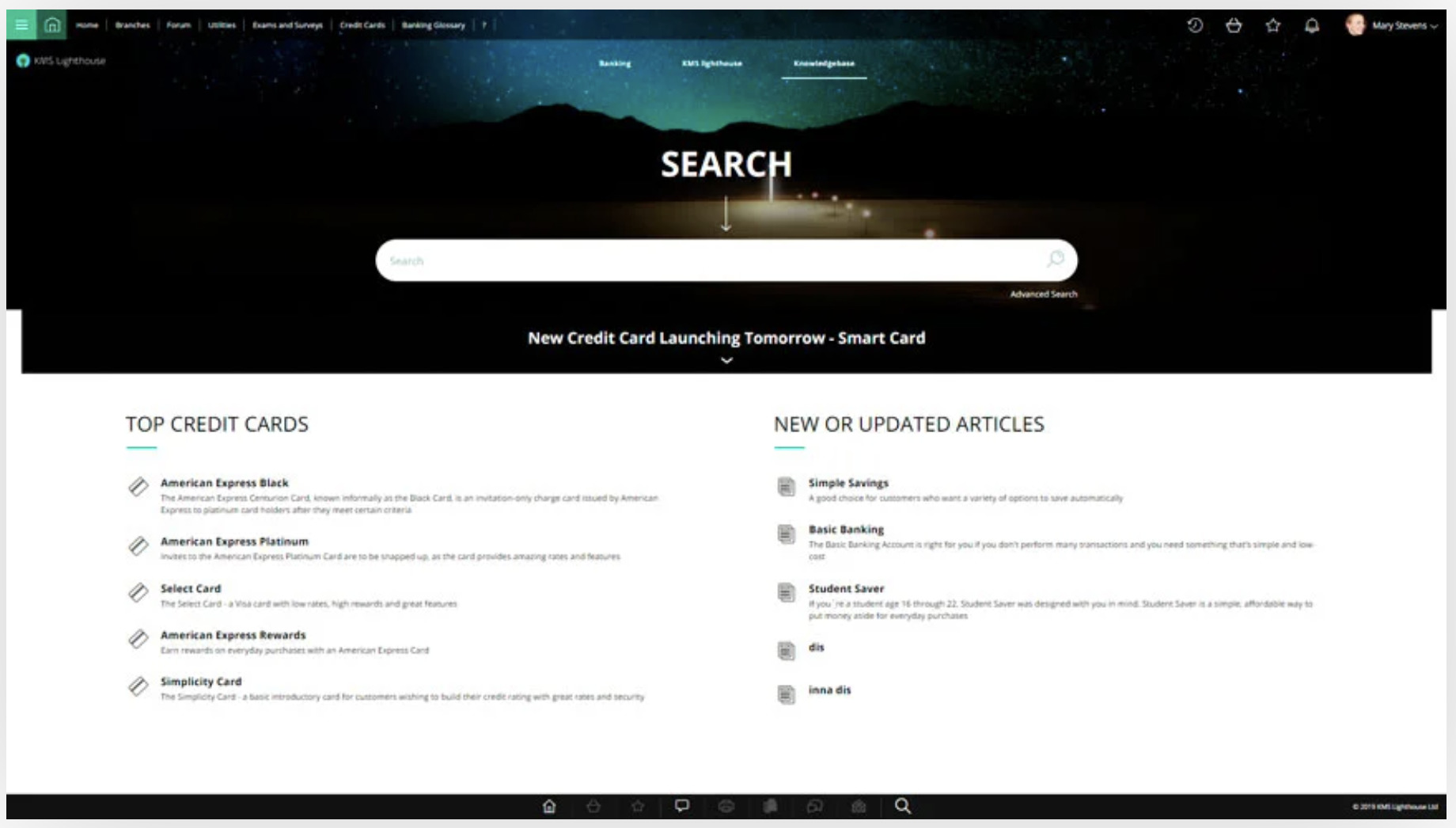


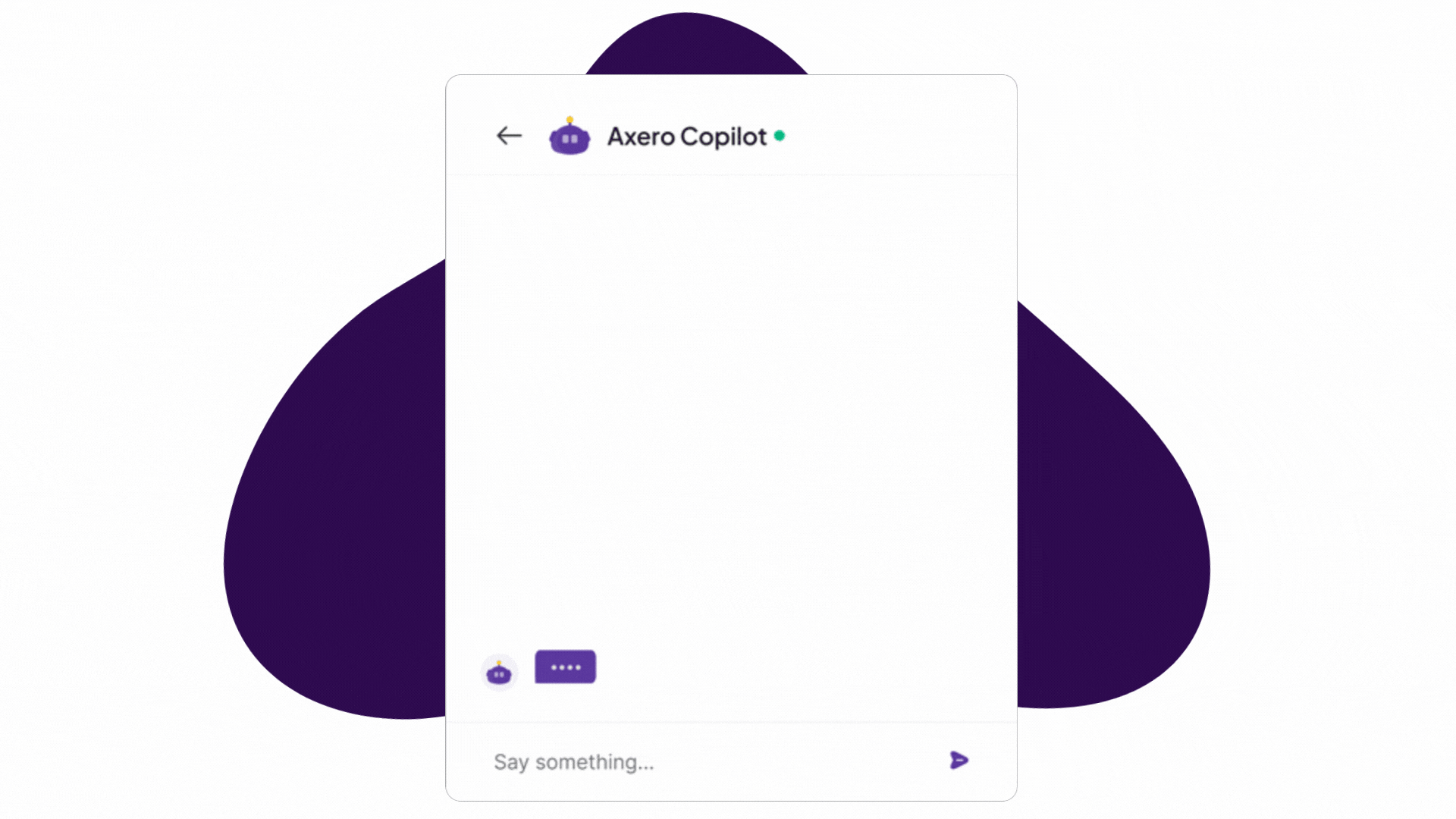
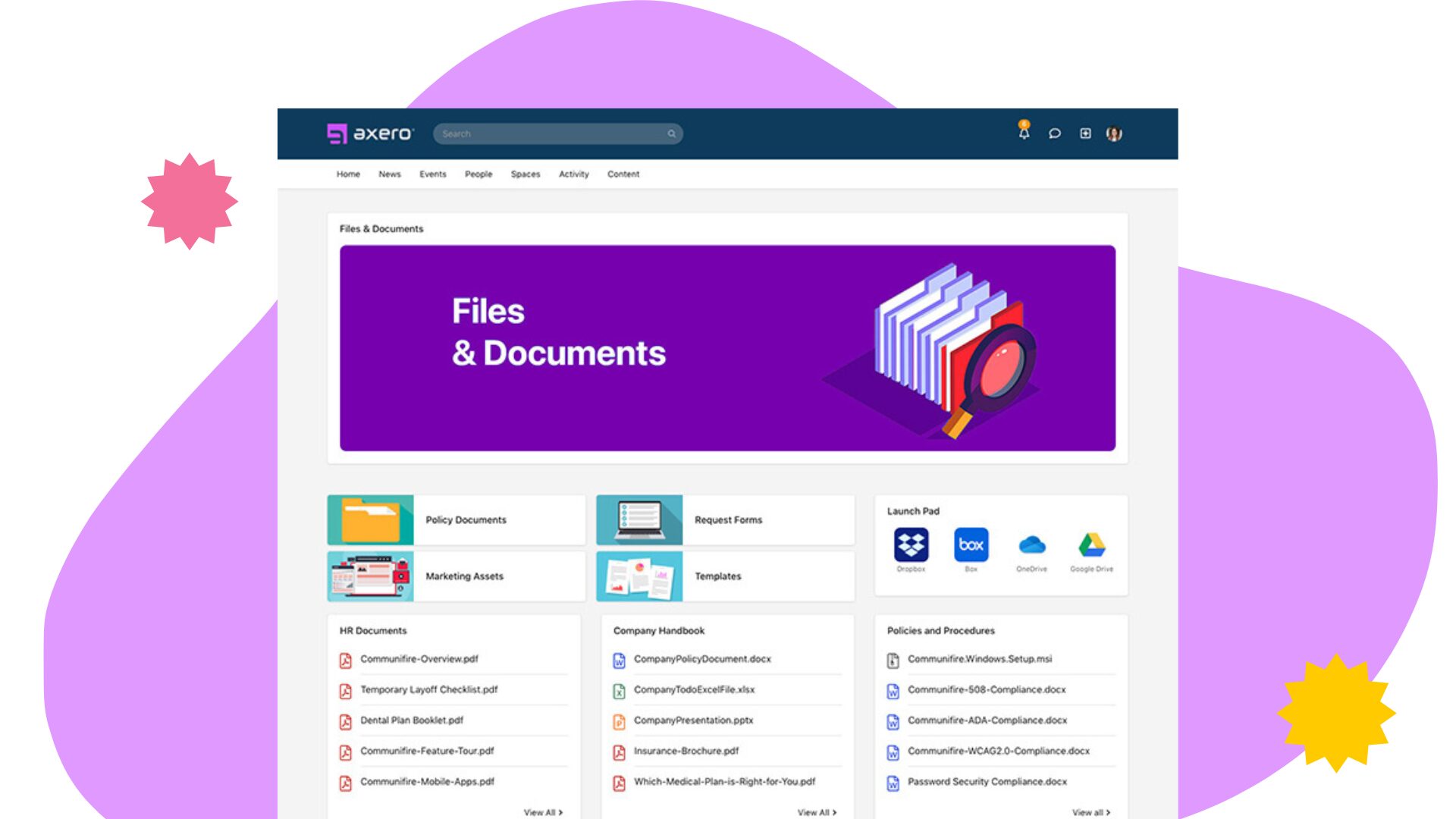











 info@axerosolutions.com
info@axerosolutions.com 1-855-AXERO-55
1-855-AXERO-55


